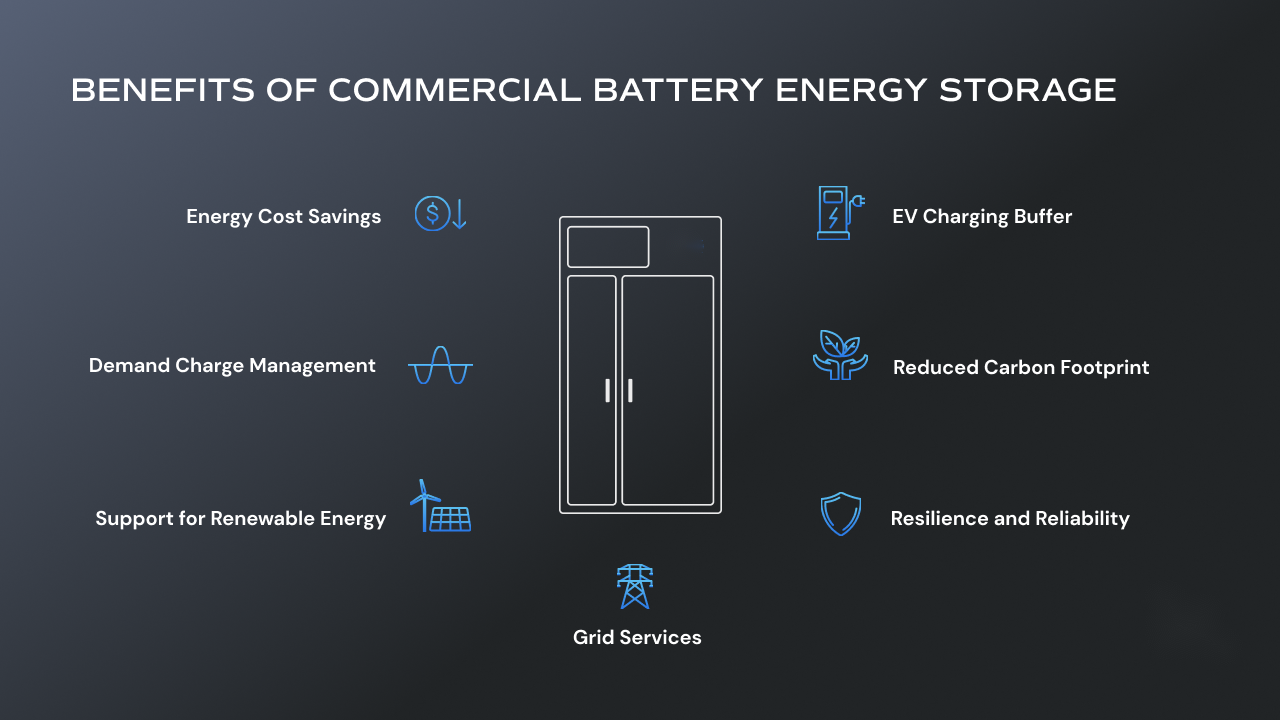
Jan. 12. 2024 14:58 Zurück zur Liste
Grundlagen des Batterieenergiespeichersystems: Batterie, PCS, BMS
The global energy crisis and the pressing need for environmental protection have brought energy storage technology to the forefront as a key solution. Among the various energy storage technologies available, battery energy storage systems have emerged as one of the most practical and commonly used options. At the heart of these systems lie three essential components: batteries, power conversion systems (PCS), and battery management systems (BMS).
Lassen Sie uns zunächst einen Blick auf die Batterien selbst werfen, die den Kern von Batterie-Energiespeichersystemen bilden. Batterien sind Geräte, die chemische Energie in elektrische Energie umwandeln. Sie bestehen aus positiven und negativen Elektroden, einem Elektrolyten und einem Separator. Es gibt verschiedene Arten von Batterien, beispielsweise Blei-Säure-Batterien, Nickel-Wasserstoff-Batterien und Lithium-Ionen-Batterien. Von diesen erfreuen sich Lithium-Ionen-Batterien aufgrund ihrer hohen Energiedichte, langen Lebensdauer und Umweltfreundlichkeit zunehmender Beliebtheit.
Beim Stromumwandlungssystem (PCS) spielt diese Komponente eine entscheidende Rolle in Batteriespeichersystemen, indem sie die in Batterien gespeicherte elektrische Energie in Wechselstrom umwandelt, der an das Netz oder an Benutzer geliefert werden kann. PCS besteht typischerweise aus Wechselrichtern, Transformatoren und Steuerungen. Seine Hauptfunktion besteht darin, Gleichstrom in Wechselstrom umzuwandeln, die Ein- und Ausgabe elektrischer Energie zu steuern und die Sicherheit und Stabilität des gesamten Systems zu gewährleisten. Die Leistung des PCS wirkt sich direkt auf die Effizienz und Lebensdauer des Batterieenergiespeichersystems aus.

Als nächstes haben wir das Batteriemanagementsystem (BMS), einen integralen Bestandteil des Batterieenergiespeichersystems. BMS umfasst Überwachungsmodule, Steuermodule und Kommunikationsmodule. Seine Hauptaufgabe besteht darin, den Zustand der Batterie in Echtzeit zu überwachen und zu steuern, einschließlich Parameter wie Spannung, Strom, Temperatur und Ladezustand (SOC). Darüber hinaus schützt und kontrolliert das BMS die Batterie vor potenziellen Risiken wie Überladung, Tiefentladung und Überstrom und gewährleistet so ihre Sicherheit und Lebensdauer.
In summary, the battery energy storage system comprises three fundamental components: batteries, PCS, and BMS. Batteries serve as the core storage mechanism, PCS converts stored energy into usable AC power, and BMS actively monitors and protects the battery, ensuring its optimal functioning and longevity. Achieving efficient, stable, and safe operation of battery energy storage systems relies on the harmonious cooperation between these three components.
Efficient energy storage is essential for meeting the demands of a fluctuating energy grid and reducing reliance on fossil fuels. Battery energy storage systems offer a viable solution to these challenges, providing a means to capture and utilize excess energy and deliver it back to the grid when needed. This technology has the potential to significantly enhance the reliability and stability of power supply, paving the way for a cleaner and more sustainable energy future.
As the global energy crisis intensifies, there is a growing need for further research and development to advance battery technology and optimize the performance of battery energy storage systems. Improvements in battery energy density, lifespan, and cost-effectiveness are crucial to accelerating the adoption of battery energy storage on a larger scale. Additionally, the integration of intelligent control systems and advanced monitoring technologies can enhance the efficiency and safety of battery energy storage systems, making them an even more attractive solution for future energy needs.
In conclusion, battery energy storage systems are at the forefront of the fight against the global energy crisis. Batteries, PCS, and BMS constitute the essential components of these systems, collectively working together to store, convert, and optimize energy usage. As the world strives to transition towards cleaner and sustainable energy sources, battery energy storage systems will play a pivotal role in achieving this goal. Continued advancements in battery technology and system integration will propel the widespread adoption of energy storage, providing a more reliable and environmentally friendly energy landscape.
Wird bei Verstoß entfernt
Referenz-Website: https://www.scupower.com
-
Wireless DC Charging: The Next Frontier in Contactless EV Power Delivery
NachrichtAug.04,2025
-
Hybrid BMS Energy Controls: Integrating Renewable Energy Sources
NachrichtAug.04,2025
-
Blockchain for Secure and Decentralized EMS Power Systems
NachrichtAug.04,2025
-
AI-Driven for Smart Grids: Energy Management System (EMS)
NachrichtAug.04,2025
-
Advanced Distribution Management System (ADMS) Energy
NachrichtAug.04,2025
-
5G-Enhanced BMS Energy Savings: Ultra-Low Latency Control
NachrichtAug.04,2025























